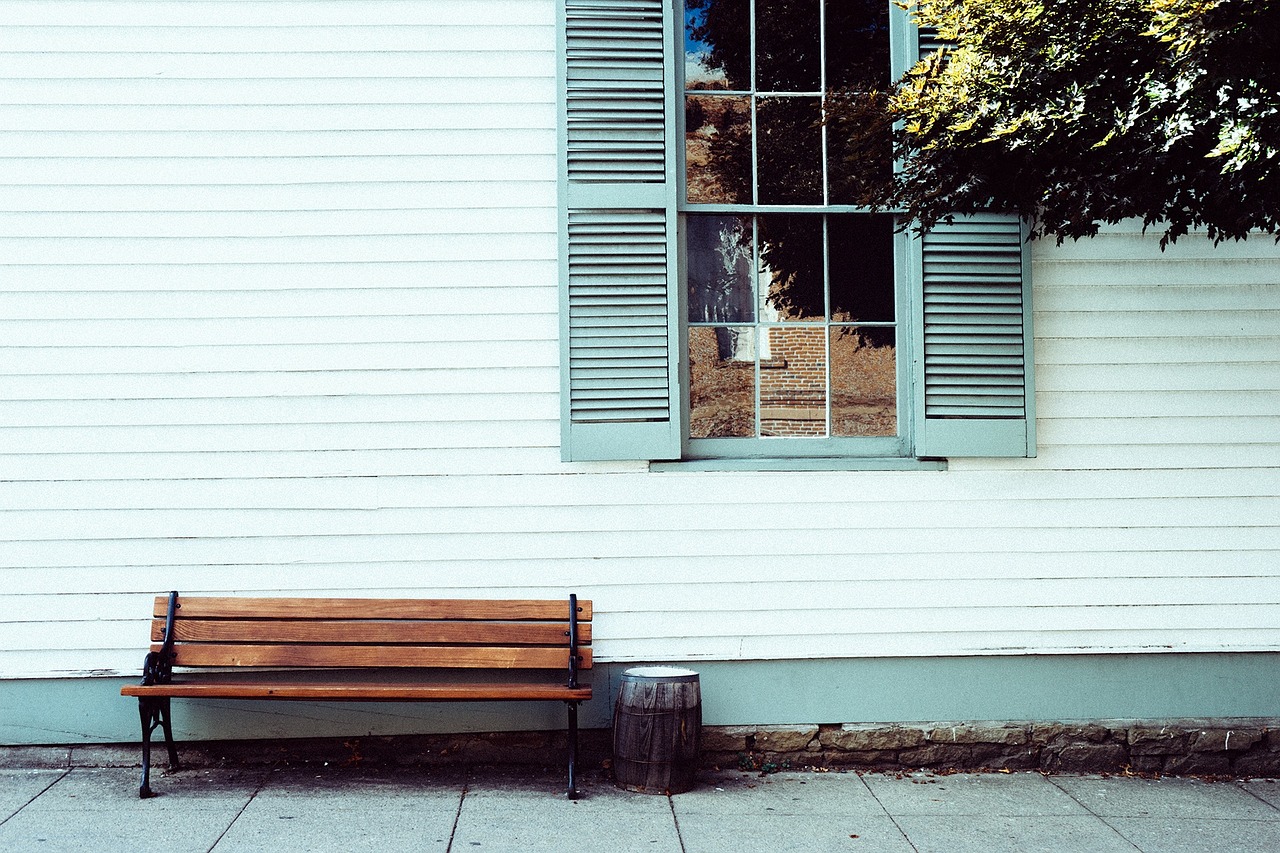Siding is an essential part of your home’s exterior. It not only adds to the visual appeal but also protects against weather damage. Over time, however, siding can face issues like cracks, warping, and even mold growth, which can compromise its effectiveness. Recognizing these problems early on can save you from costly repairs down the line.
Preventing siding damage is easier than dealing with it after the fact. Regular inspections and maintenance routines can help extend the life of your siding. From regular cleaning to applying protective treatments, taking simple steps can keep your home looking its best and ward off potential problems. With a bit of care, you can ensure your siding remains a strong barrier protecting your home.
Identifying Common Siding Issues
Siding acts as a shield for your home, protecting it from the elements. Over time, however, it can face a range of issues. Cracks are one of the common problems, often caused by impact or freezing temperatures. These cracks can allow moisture to seep in, leading to more extensive damage if not fixed promptly. Warping is another issue, frequently resulting from prolonged exposure to heat or improper installation. Warped siding can leave gaps, making the house less energy-efficient and more vulnerable to pests.
Mold or mildew growth is also a concern, especially in areas with high humidity. Mold not only affects the appearance of the siding but also poses health risks to the home’s occupants. Detecting these problems early is key to preventing serious damage.
Regular inspections are performed to spot these issues. Check for visible damage, such as peeling paint, cracks, or bulges. Look closely at any discolored areas, as they might indicate moisture presence. Look for signs of mold, like black streaks or spots. A flashlight can help you see clearly in shaded areas or darker sidings.
Early detection allows for timely repairs, maintaining the structural integrity and appearance of your home. You can save time and money by catching these minor problems early.
DIY Siding Repair Techniques
Tackling some siding repairs yourself is possible with the right tools and a bit of know-how. Having the right equipment makes the task easier and safer. Essential tools for basic siding repairs include a utility knife, caulk gun, hammer, pry bar, and a tape measure. You’ll also need materials such as replacement panels, nails, matching paint, and waterproof caulk.
Here’s a step-by-step guide for simple siding repairs:
1. Assess the Damage: Determine the extent of the issue by inspecting the affected area and surrounding siding.
2. Remove Damaged Sections: Use a pry bar to lift damaged panels away from the house without harming the undamaged siding.
3. Cut and Fit Replacement: Measure the gap and cut the new panel to fit. Ensure it aligns with neighboring siding.
4. Secure the Panel: Attach the new siding using nails, making sure they’re not too tight to allow for expansion.
5. Seal and Finish: Use caulk to seal around the edges of the new panel and apply paint if necessary to match the existing siding.
Safety is crucial during repairs. Wear protective gear like gloves and goggles to prevent injury. If working from a height, ensure ladders are stable and follow safety precautions. Before prying away sections, check for any utility lines behind the siding.
When to Opt for Professional Repairs
In certain situations, calling a professional is the best option. If you notice extensive damage, such as widespread mold growth, large areas of warped siding, or significant structural problems, it’s time to get expert help. These issues often indicate deeper problems that require specialized skills and equipment to be addressed properly.
Hiring a professional contractor comes with several benefits. Pros have the experience and tools to handle complex repairs and provide lasting solutions that a DIY approach might not achieve. Professional contractors can assess the entire house for underlying factors contributing to the damage, ensuring that the problem is less likely to recur once fixed. Additionally, professional repairs are usually backed by warranties, offering peace of mind if issues develop later.
To choose a reputable siding repair service, consider the following guidance:
– Check Credentials: Ensure the contractor is licensed and insured, which protects both you and them during the work.
– Experience and Specialization: Look for contractors with experience in the type of siding you have, as different materials have varied repair needs.
– Customer Reviews: Read reviews and ask for references to learn about past customer experiences and satisfaction.
– Clear Estimates: Request detailed, written estimates before work begins, so you understand the scope and cost.
By knowing when to opt for professional help and how to choose the right expert, you guarantee a quality repair that keeps your siding looking and performing its best.
Preventative Measures to Avoid Future Damage
Proactive maintenance is key to preventing siding issues before they start. Regular maintenance practices are an effective way to lengthen the life of your siding. Inspect your siding at least twice a year, paying attention to any signs of wear or damage. Look for cracks, warps, or mold growth during these checks. Catching minor problems early saves you from costly repairs later on.
Routine cleaning improves both the appearance and health of your siding. Use a soft brush and mild detergent to gently clean the surface, removing any dirt, grime, or mold. Regular cleaning will prevent buildup that can lead to damage over time.
Weatherproofing your siding with protective treatments adds an extra defense against elements like rain and intense sunlight. Consider using UV-resistant coatings or sealants that help protect against fading and water penetration. These treatments also reduce the risk of mold and mildew forming by keeping moisture at bay.
Investing a little time regularly in these preventative measures can save a lot of time and money. They ensure your siding remains beautiful and robust, safeguarding your home from the inevitable environmental challenges.
Conclusion
Effective siding repair and maintenance ensure your home stays safe and attractive. By recognizing common siding issues and knowing when to tackle projects yourself, you maintain control over the health of your home. When necessary, don’t hesitate to seek professional help to address more serious damage efficiently. Furthermore, taking steps to prevent future issues, such as regular cleaning and protective treatments, will keep your siding in excellent condition.
For those moments when professional insight becomes essential, RainTite Roofing & Construction is here to provide expert advice and quality siding repairs. Whether you’re dealing with a stubborn siding problem or need guidance on maintenance, reach out to us for the solutions your home deserves.

